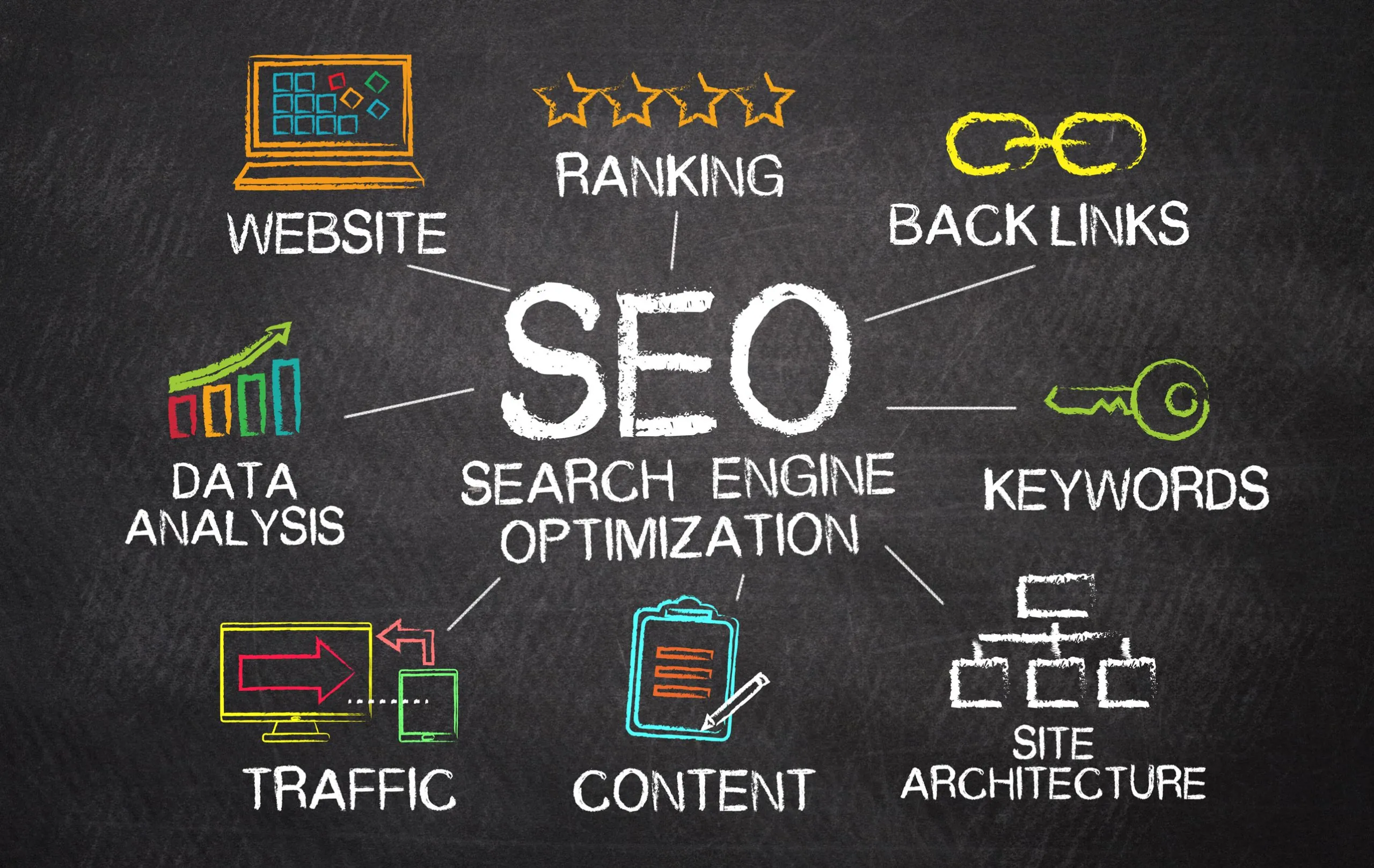
Learning how to write SEO-optimized articles is crucial if you want your content seen by the right audience online. Proper SEO techniques are essential for improving your website’s visibility in search engine results, driving more targeted traffic, and ultimately enhancing the reader’s experience. Developing the skill to write SEO-optimized articles consistently is a valuable asset for any content creator or marketer. This article will guide you step-by-step through the process of crafting content that is both highly effective for search engines and genuinely engaging for your readers.
Crafting SEO Optimized Articles
SEO, or Search Engine Optimization, is the practice of refining your website and content to make it more attractive and understandable to search engines like Google, Bing, and DuckDuckGo. When you write SEO-optimized articles, the primary goal is to rank higher for specific search queries your potential audience uses. However, it’s not just about machines; the key is strategically using relevant keywords while maintaining high-quality, valuable content that truly serves the reader’s needs. Learning how to write SEO-optimized articles effectively means balancing technical optimization with creating a positive user experience. A well-optimized article doesn’t just climb the rankings; it provides real value.
1. Conducting Thorough Keyword Research
Before you even type the first word, robust keyword research is fundamental. This research forms the bedrock upon which you write SEO-optimized articles that connect with user intent. Utilize keyword research tools to discover popular search terms, assess their search volume and difficulty, and understand the user intent behind them. Once you have your keywords, strategically incorporate them into your article while ensuring they fit naturally within the content.
2. Crafting an Engaging and Optimized Title (H1 Tag)
Your title (which should also be your main H1 tag) is critically important. It’s often the first thing potential readers and search engine crawlers see. To create an SEO-optimized title, include your primary keyword, preferably towards the beginning if it sounds natural. Crucially, make it compelling and click-worthy to entice users in search results. Keep the title concise, ideally under 60 characters, to prevent it from being truncated in search engine results pages (SERPs). Using numbers, questions, or strong adjectives can also increase click-through rates.
3. Writing a Compelling Introduction
The first paragraph is your hook. It needs to grab the reader’s attention immediately, clearly state the article’s purpose, and confirm they’ve landed in the right place. It’s best practice for SEO to incorporate your primary keyword naturally within the first 100-150 words. A strong introduction sets the tone, establishes credibility, and significantly increases the likelihood that visitors will continue reading the rest of your valuable content.
4. Structuring Content with Header Tags (H2, H3, etc.)
Header tags (H2, H3, H4, etc.) are vital for both SEO and readability. Properly utilizing header tags isn’t just about aesthetics; it’s a fundamental technique when you write SEO-optimized articles for clarity and crawability. Use H2 tags for main subheadings and H3 tags for points within those sections. This hierarchical structure helps search engines understand the key topics and subtopics covered in your article, and it makes skimming easier for readers, improving their experience. Ensure your subheadings are informative and incorporate related keywords where appropriate.
5. Writing High-Quality, Readable Content
Ultimately, search engines aim to provide users with the best possible answers to their queries. This means prioritizing high-quality, original, and informative content. Focus on clarity, conciseness, and providing genuine value. Answer the questions your target audience has. Avoid jargon where possible, or explain it clearly. Remember, the ultimate goal when you write SEO-optimized articles is to satisfy the user first, as search engines prioritize helpful content. Most importantly, never engage in keyword stuffing (unnaturally forcing keywords into the text). Ensure your content flows logically and reads naturally. Break up long paragraphs and vary sentence structure to keep readers engaged.

6. Optimizing Meta Descriptions
The meta description is the brief snippet (usually 150-160 characters) displayed beneath your title in search results. While not a direct ranking factor, a well-written meta description significantly impacts click-through rates. Include your primary keyword and clearly summarize the article, highlighting the benefit to the reader. Think of it as ad copy for your article. Include a subtle call-to-action if appropriate, encouraging the click.
7. Strategic Use of Internal and External Links
Linking is crucial for SEO. Linking strategically not only improves SEO but also enhances the user experience by providing additional resources.
Internal Links: Links to other relevant pages or articles on your website. This helps search engines discover more of your content and understand the relationship between pages, keeping users on your site longer and signaling engagement. Aim for 3-4 relevant internal links per article.
External Links: When citing data, quoting experts, or providing further resources, link to reputable, authoritative external sources. This builds credibility and shows search engines that your content is well-researched. Include 1-2 relevant external links where valuable. Strategic linking is another non-negotiable aspect of learning how to write SEO-optimized articles.
8. Using Descriptive Alt Text for Images
Search engines cannot “see” images like humans do. Alt text (alternative text) is an HTML attribute added to image tags to provide a textual description. Include descriptive alt text for all relevant images in your article. Describe the image accurately and concisely, incorporating relevant keywords if they fit naturally. This helps search engines understand the image content, improves image search visibility, and makes your content accessible to visually impaired users relying on screen readers.
9. Monitoring Performance and Updating Content
SEO isn’t a “set it and forget it” task. It’s essential to regularly monitor your content’s performance using tools like Google Analytics and Google Search Console. Track metrics like page views, time on page, bounce rate, and keyword rankings. Use this data to identify what’s working and what needs improvement. Periodically update your articles to ensure current information, refresh keywords if required, and fix any broken links. Keeping content fresh signals relevance to search engines.
10. Optimizing for Mobile Users
A significant portion of web traffic comes from mobile devices. Google primarily uses mobile-first indexing, meaning it predominantly uses the mobile version of your content for indexing and ranking. Therefore, ensuring your article and entire website are mobile-friendly is non-negotiable. Test your site’s responsiveness and ensure that the text is readable, the buttons are tappable, and the overall experience is seamless on smartphones and tablets. Page loading speed is also critical for mobile optimization and user experience.
Conclusion
Writing SEO-optimized articles requires a blend of technical understanding, strategic planning, keyword research, and excellent writing skills. By consistently implementing best practices – from crafting compelling titles and structuring content logically to using links effectively and optimizing for mobile – you can create content that ranks well in search engines and truly resonates with and engages your readers. Remember that regular monitoring and updating are key to maintaining long-term SEO success when you write SEO-optimized articles.
Black Box Consulting is here to assist if you’re ready to elevate your website’s SEO performance. Our team of experts specializes in crafting high-impact, SEO-optimized content designed to drive qualified traffic and significantly boost your online visibility. Contact us today to explore our tailored services and discover how strategic SEO can fuel your business growth!